Sci-Fi Needs

Illustration from Barron's Magazine article on the race to develop a vaccine (US)
This is the sixth in a series of 16 posts offering an analysis of “Covid Codes” from a global perspective. SEMIOVOX has invited consulting semioticians from around the world to augment the Coronavirus-related meaning map whose lineaments we revealed here in a Spring 2020 series. We are grateful to our talented and generous colleagues, who are individually acknowledged in each series post that features their contributions.
The theme we’ll explore in this installment is: SCI-FI NEEDS.
Here we transition from the Scientist paradigm (which reflects consumer’s desire for scientific expertise and a targeted breakthrough solution) to a new paradigm: the Visionary. This paradigm reflects consumers’ desire for a fantastical or futuristic medical and/or life “hack.” As we will see, there are two aspects to the Visionary paradigm, within the space we’ve been exploring (Health & Wellness generally, Covid + Cough/Cold/Flu specifically); a science-oriented aspect, which we’ll dimensionalize in this post, and a fantasy-oriented aspect, which we’ll dimensionalize in the subsequent post.

In this installment, we’ll find exaggerated depictions of scientific research and scientists that go beyond the merely aspirational, dramatic, and romanticized to the awe-inspiring. “Any sufficiently advanced technology is indistinguishable from magic,” as the sci-fi author Arthur C. Clarke noted. Science Fiction may extrapolate from recent scientific and technological breakthroughs, but the genre is closely enmeshed with the Fantasy genre.
The Sci-Fi Needs theme can be defined as: Remedies so high-tech, they seem to come from the future. Brands activating against the norms and forms of this thematic complex offer exciting glimpses into the world of the future… a romanticized, idealized vision whose solutions and remedies are so advanced they are almost indistinguishable from magic.
Our frame of reference here has nothing to do with how we’ll get through our everyday lives and everything to do with what H.G. Wells called “the shape of things to come” — for better, that is to say, and also for worse.
Our study suggests that the Sci-Fi Needs thematic space is brought to life by at least three “source codes” (signs): Wishful Science, High-Tech Hoax, and Dystopian Defense.
Wishful Science
The Hopeful Science source code’s norm (that is to say, its idea, value, higher-order benefit) can be described as follows: Rumors and speculation, and wishful thinking, about possible treatments for COVID-19.
Rumors and speculation, and wishful thinking, about possible treatments for COVID-19 (or other health problems) — spread not by crackpots, but by journalists and others who are just looking for reason to stay optimistic.
Visual cues of Wishful Science include:
- Depictions of high-tech laboratories — often using Medical color scheme (blue/white). Researchers wearing lab coats, protective equipment.
- Depictions of remedies — in test tubes and vials, in pill format.
- Scientists and lab techs peering into microscopes, holding potential remedies up.
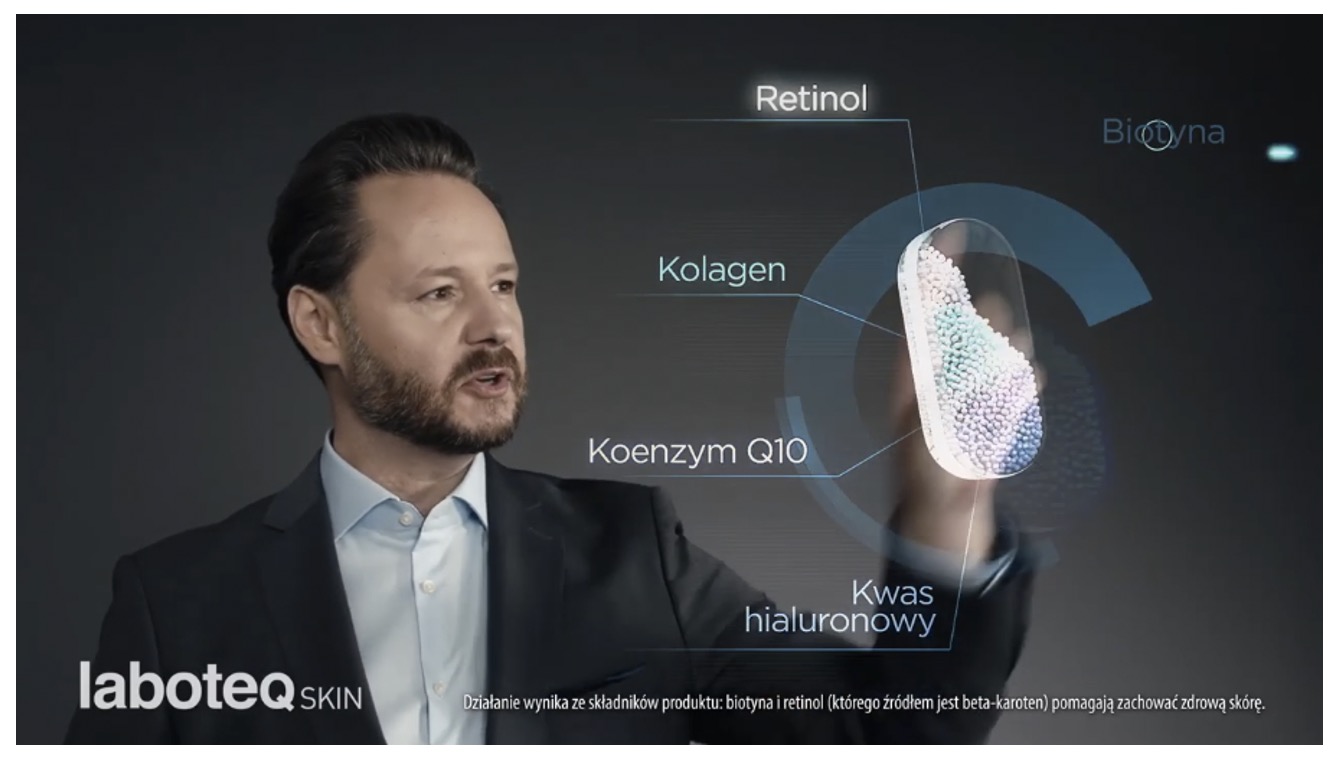
Maciej Biedziński (Poland), Laboteq skin 2019 (drug for wrinkles) commercial. Sci-fi special effects used in advertising so frequently that they almost don’t seem fantastical — we have come to take them for granted.
Verbal cues of Wishful Science include:
- “Medical experts are turning to existing treatments for the flu, Ebola and other illnesses to save patients from the spreading pandemic amid a global push to develop a cure for the new coronavirus.”
- “Virus Expert: Drugs Touted By Trump Likely Won’t Cure Coronavirus, But This Treatment Could”
- “VA researching prostate cancer drug as potential coronavirus cure”
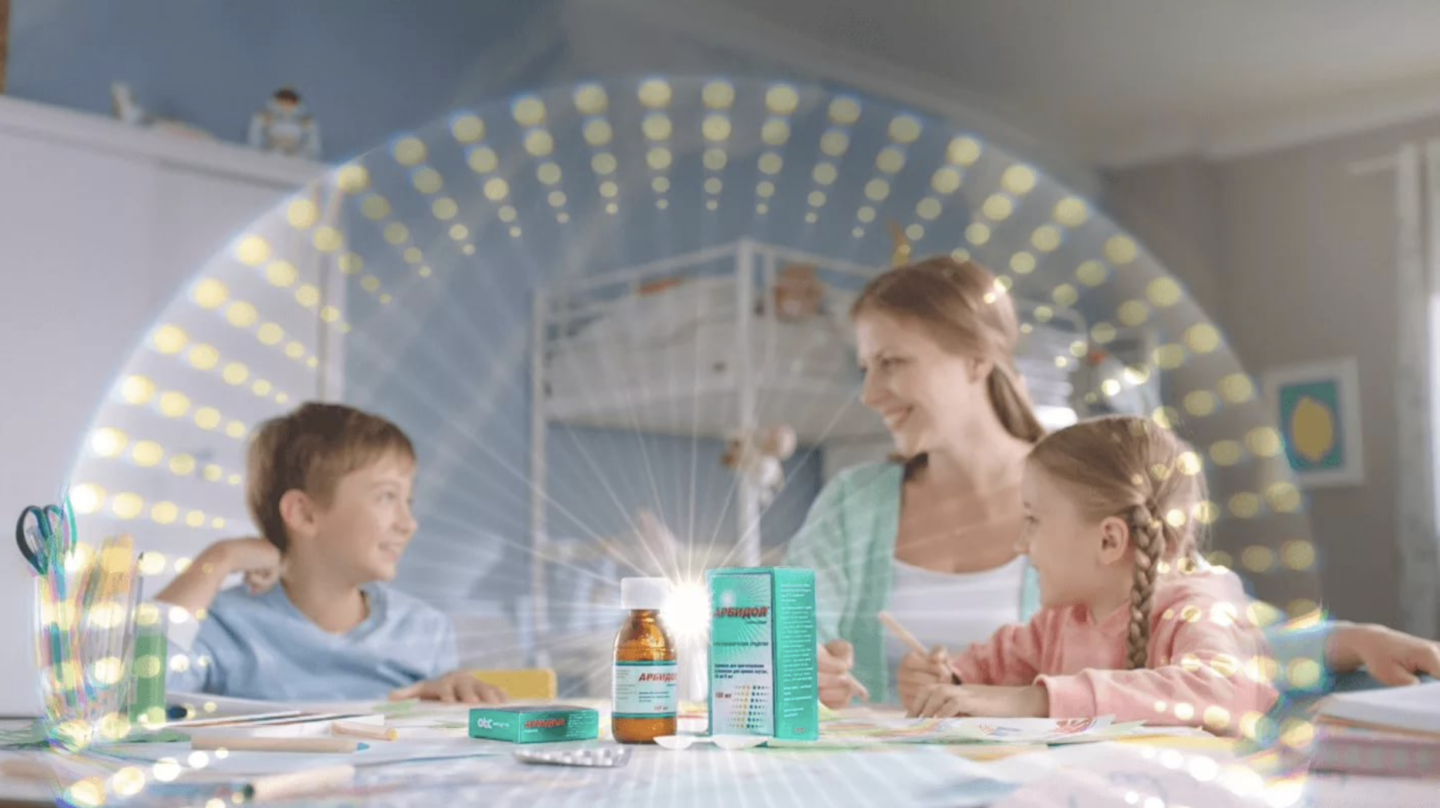
Masha Papanthymou (Russia) notes that Wishful Science coding has long been a staple of Health & Wellness product advertising, in the form of protective forcefields. Which brings us very close to the Fantasy genre; she notes that the idea of a protective circle was imported into Sci Fi from occult notions of the magic circle.
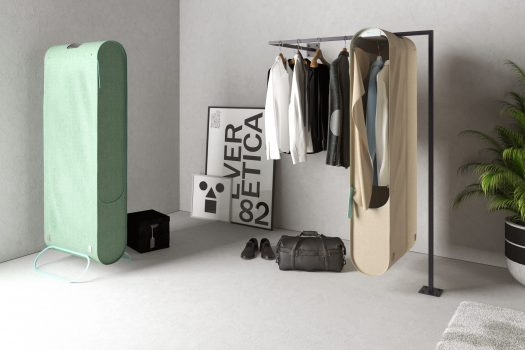
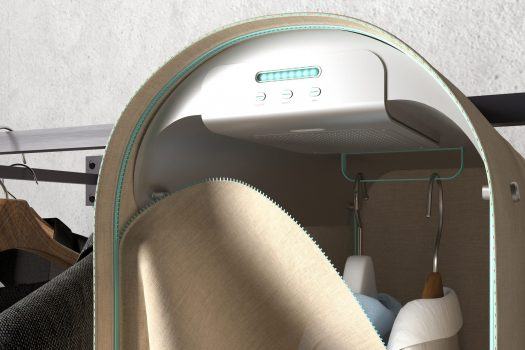
Luca Marchetti (France/Italy) shares with us the Pura-Case concept by the Italian studio Carlo Ratti. It’s a portable battery-powered purifier that removes bacteria and viruses from garments. According to the studio, the process uses ozone to remove 98% of micro-organisms. Marchetti explains, “The project aims to make protection appealing assuming that intangible harms (micro- and nano-threats) cannot be rationally understood… so solutions need to be intuitively desirable, a sort of “seamless protection” that one adopts because the process is interesting, beautiful, appealing, comforting, etc. External solutions to Covid and other health threats demand people to change their routines too much, so the studio’s concepts instead explore solutions that are convivial and embedded in our routines. Is this approach good or bad? That’s an interesting debate.”
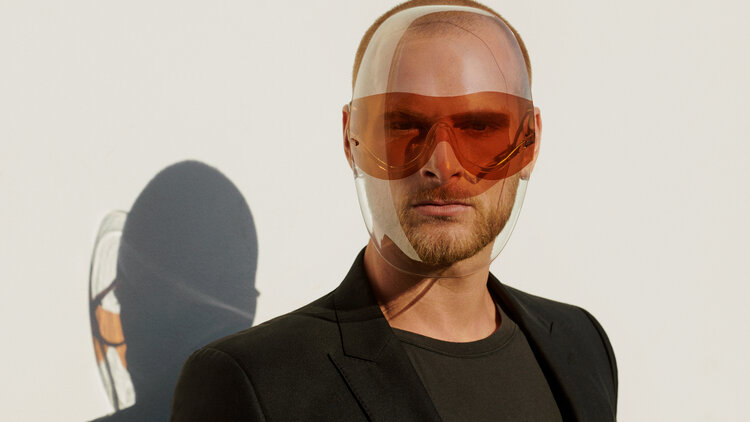
Marchetti also points to the Vue Shield, a real-life, currently available produce developed by New York-based designer Joe Doucet. “By obscuring the strictly sanitary aspect of his face shield, designer Joe Doucet relieves the user and makes the accessory more attractive for regular use in the context of metropolitan life, where the appearance and any other visible object or device, are seen as pivotal supports for self-representation,” he suggests. “By becoming desirable in style, the object also becomes more effective in sanitary terms.”
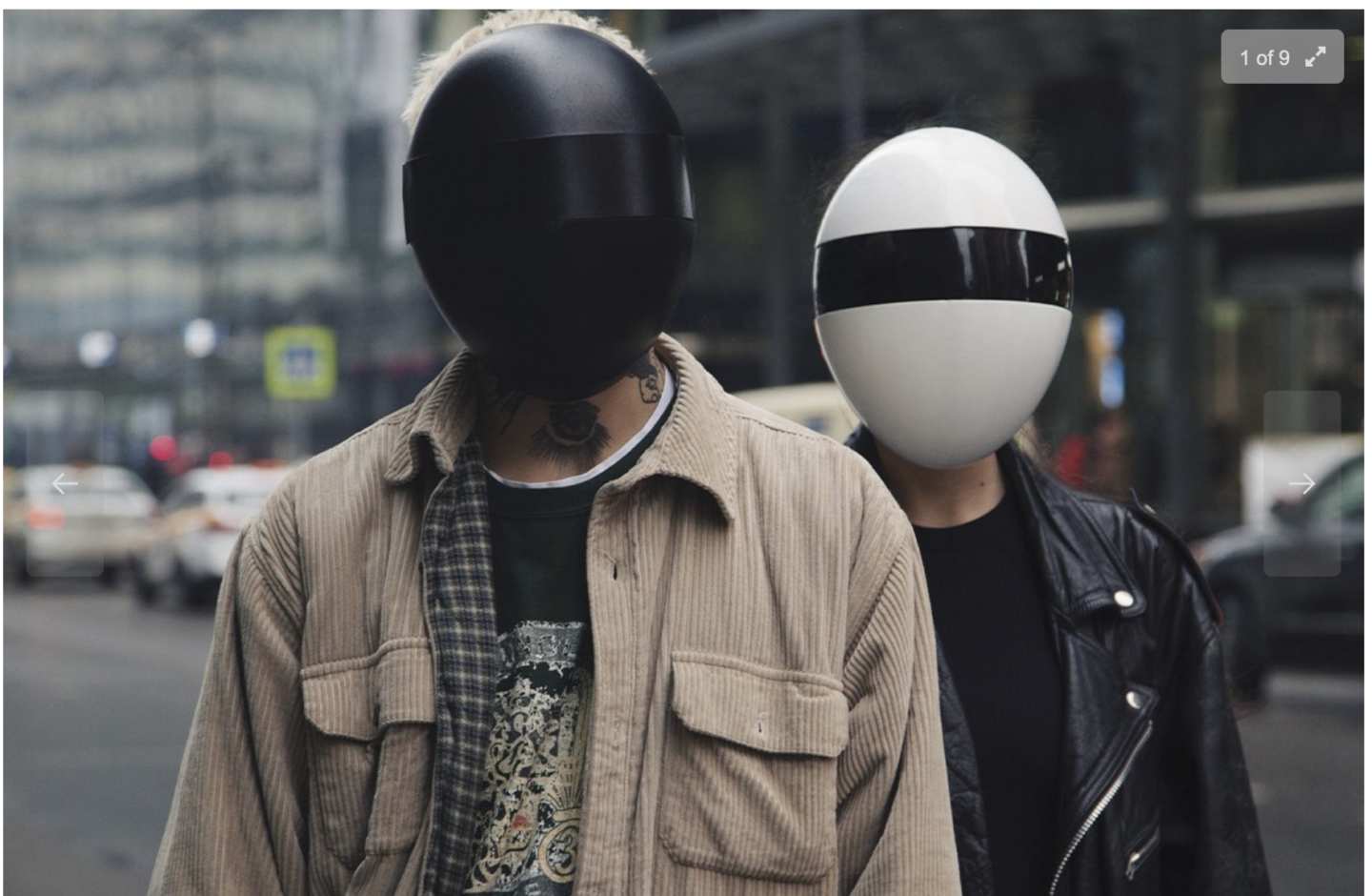
Charles Leech (Canada) submits the Daft Punk Covid mask. “Part of me thinks ‘so stupid’ but another part says ‘oh cool!’ Funny.” The studio, Blanc, hoped to raise $20,000.00 on Kickstarter; they raised over $400,000.00.
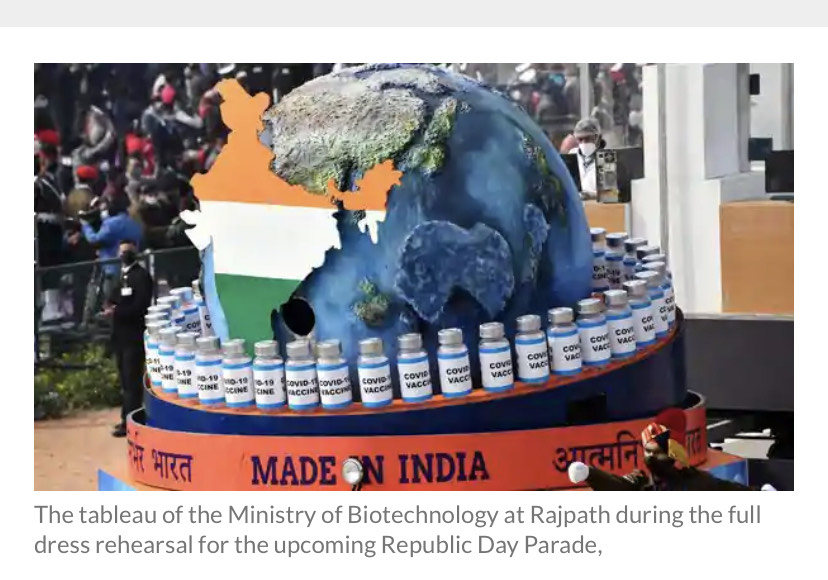
Aiyana Gunjan (India) sends this image. “Made in India vaccine — an expression of national pride. ” The somewhat science fictional tableau created by the Ministry of Biotechnology at Rajpath — of vaccines encircling the globe — expresses a combination of Wishful Science thinking and unabashed patriotism.
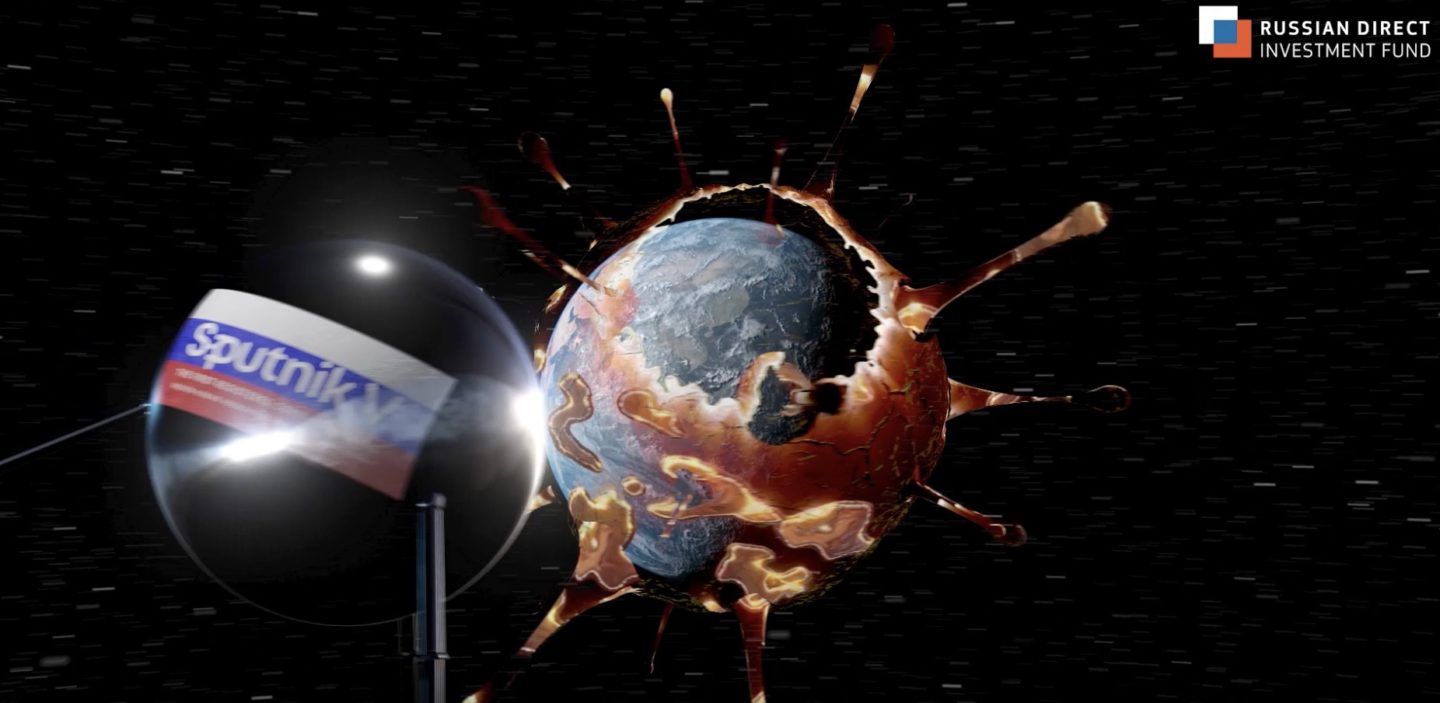
Anastasia Kārkliņa (Russia) sends another example of patriotism and Wishful Science coding. “My 80-year-old grandmother told me that Russia’s vaccine, Sputnik, is superior to anything we have ever seen in modern medicine. She compared it to the first satellite that first went into space in 1957, talked about how it will change the world, will save us, etc. etc. I was curious about where she learned this highly romanticized view of Sputnik, since the other vaccines have similar effectiveness. I quickly found it all over Russian media. Here is the official vaccine info page from Russia. From the audio to the visuals, the short video clip at the bottom is very evocative of the elements of the sci-fi genre. The vaccine is represented as a high-tech satellite that is circling an Earth overtaken by the virus; ultimately it eliminates the virus and restores our planet to its usual state.”
High-Tech Hoax
The High-Tech Hoax source code’s norm (that is to say, its idea, value, higher-order benefit) can be described as follows: Misinformation and scams that prey on our faith in scientific, technological advances.
Here (and by here, I mean cluttering up my email inbox) we find far-out coronavirus-fighting inventions, scientific-looking misinformation about immunity from and treatment of COVID-19, and paranoid conspiracy websites and videos. We also find parodies of all these high-tech hoaxes.
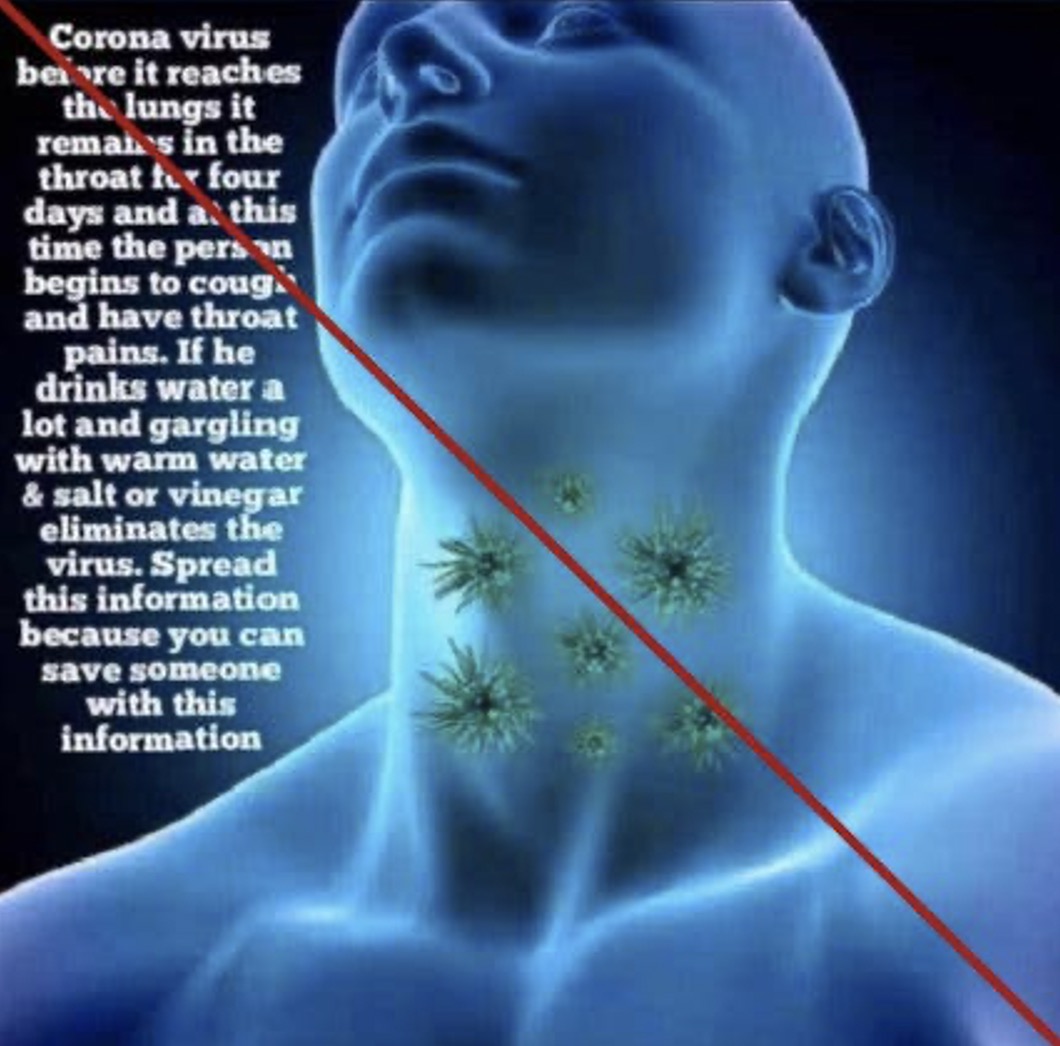
Visual cues of High-Tech Hoax include:
- Coronavirus-fighting inventions, very high-tech
- Scientific-looking misinformation about immunity from and treatment of COVID-19
- Paranoid conspiracy websites and videos
- Parodies of high-tech hoaxes, poking fun at them
Verbal cues of High-Tech Hoax include:
- Misinformation: “If he drinks water a lot and gargling with warm water & salt or vinegar eliminates the virus.”
- High-tech sounding devices “Hospital-grade disinfection device”
- Conspiracy theories
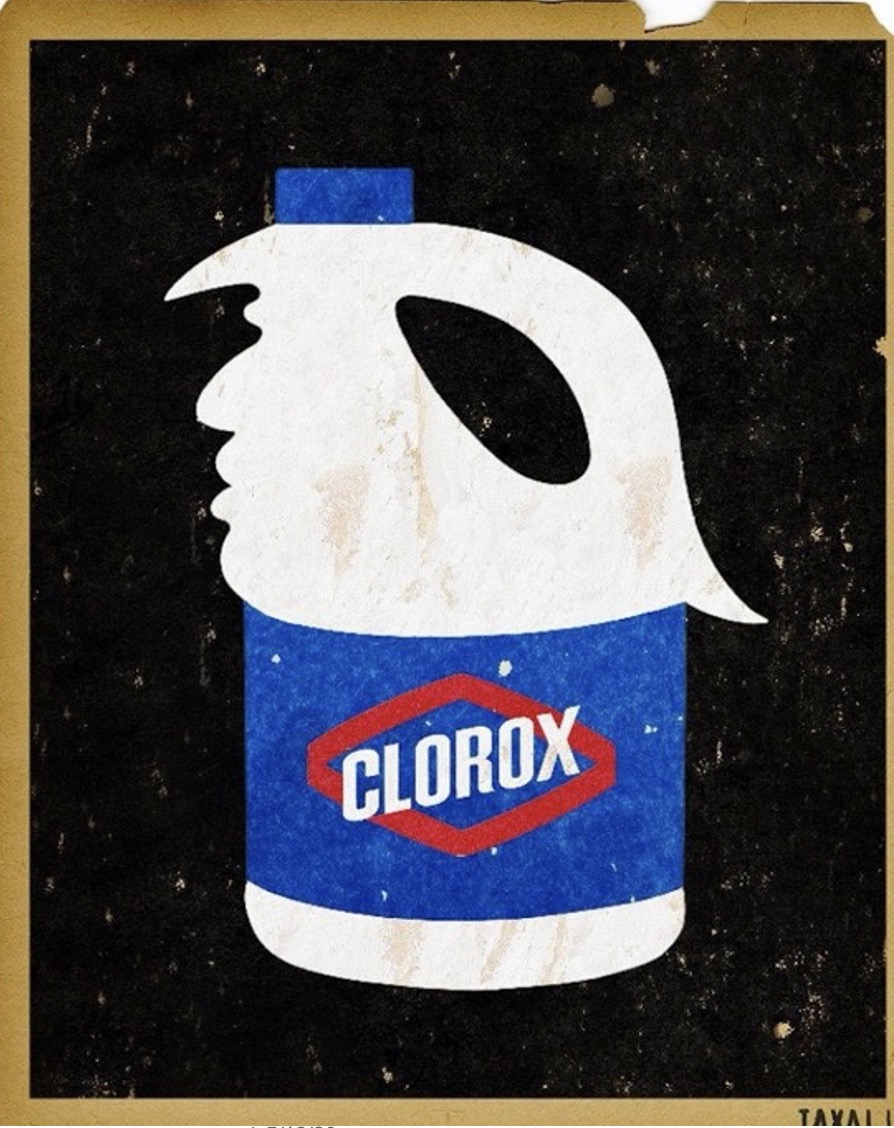
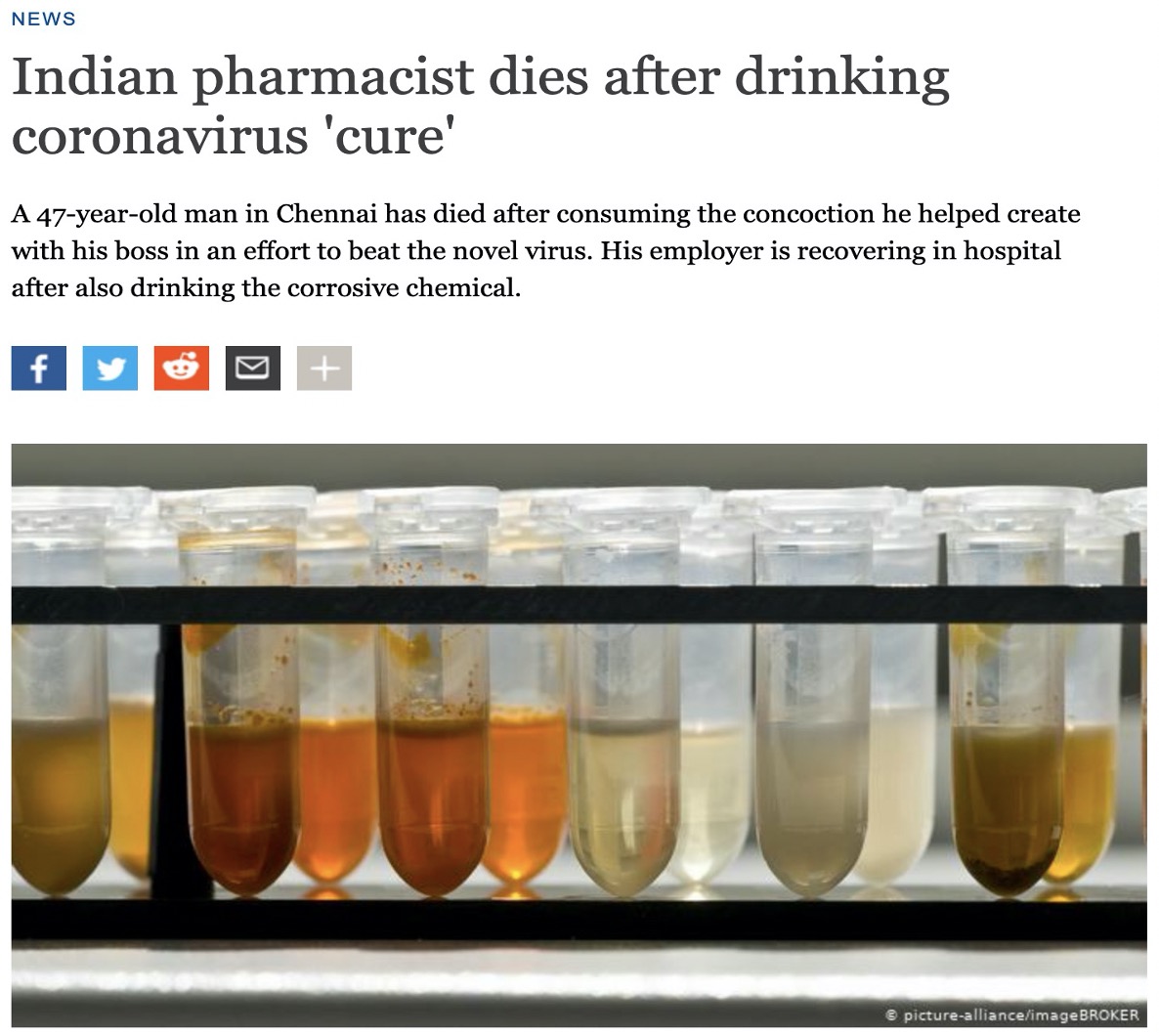
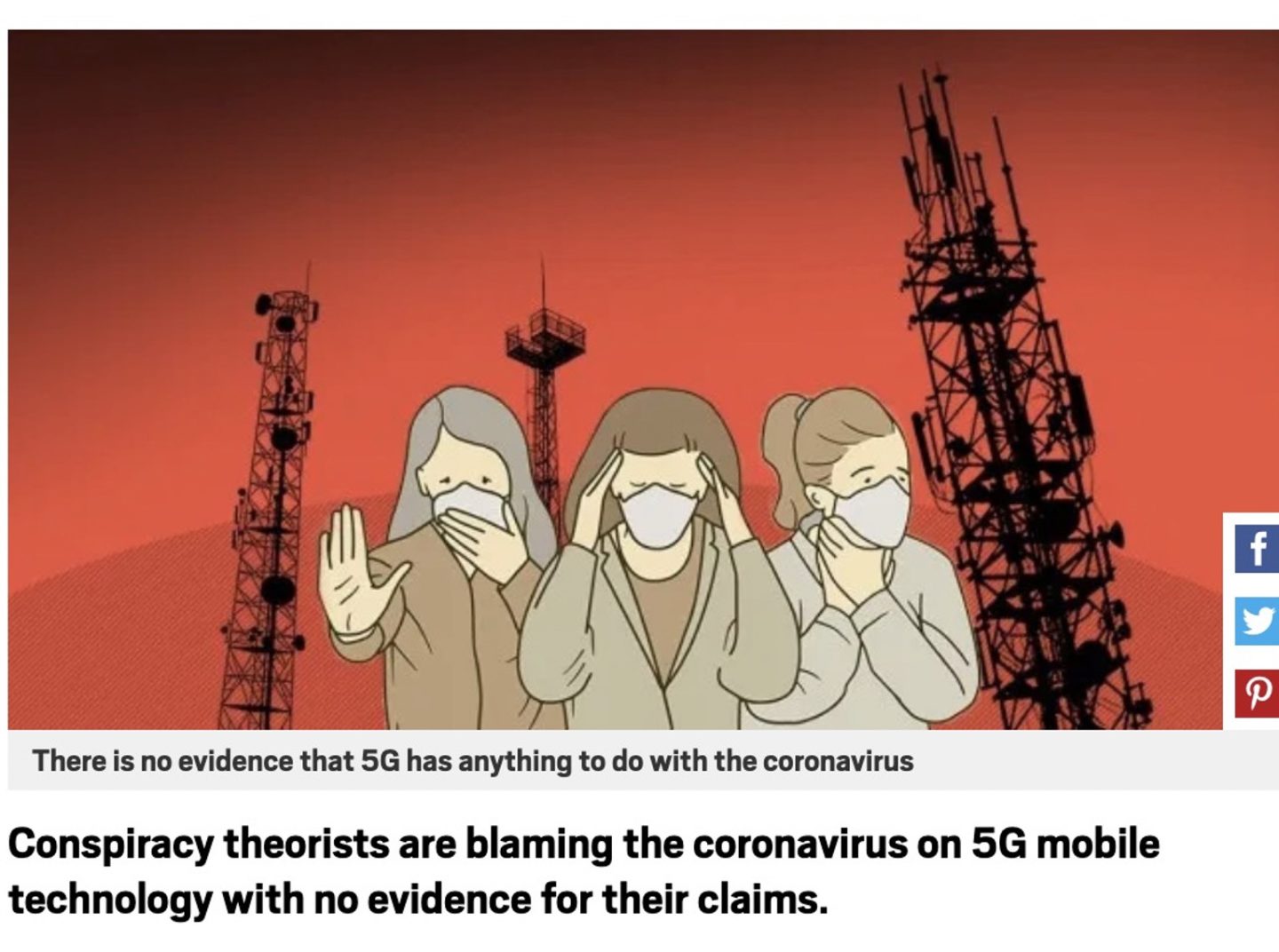
Dystopian Defense
The Dystopian Defense source code’s norm (that is to say, its idea, value, higher-order benefit) can be described as follows: Grim, pessimistic responses to Covid-19 (and other perils), a retreat into survivalism.
The examples here are related to “bunker porn” — the apocalyptic fantasy of retreating a well-appointed safe place, shielded from the world’s perils. However, there are other ways that this code can be communicated.

Visual cues of Dystopian Defense include:
- Documentary-style photos of luxurious bunkers — either forbidding/threating exterior shots, or lush, well-appointed interior shots
- Architects’ renderings of proposed bunker interiors (or sample bunkers, already built); these can be futuristic, far-out, like something from a science fiction movie.
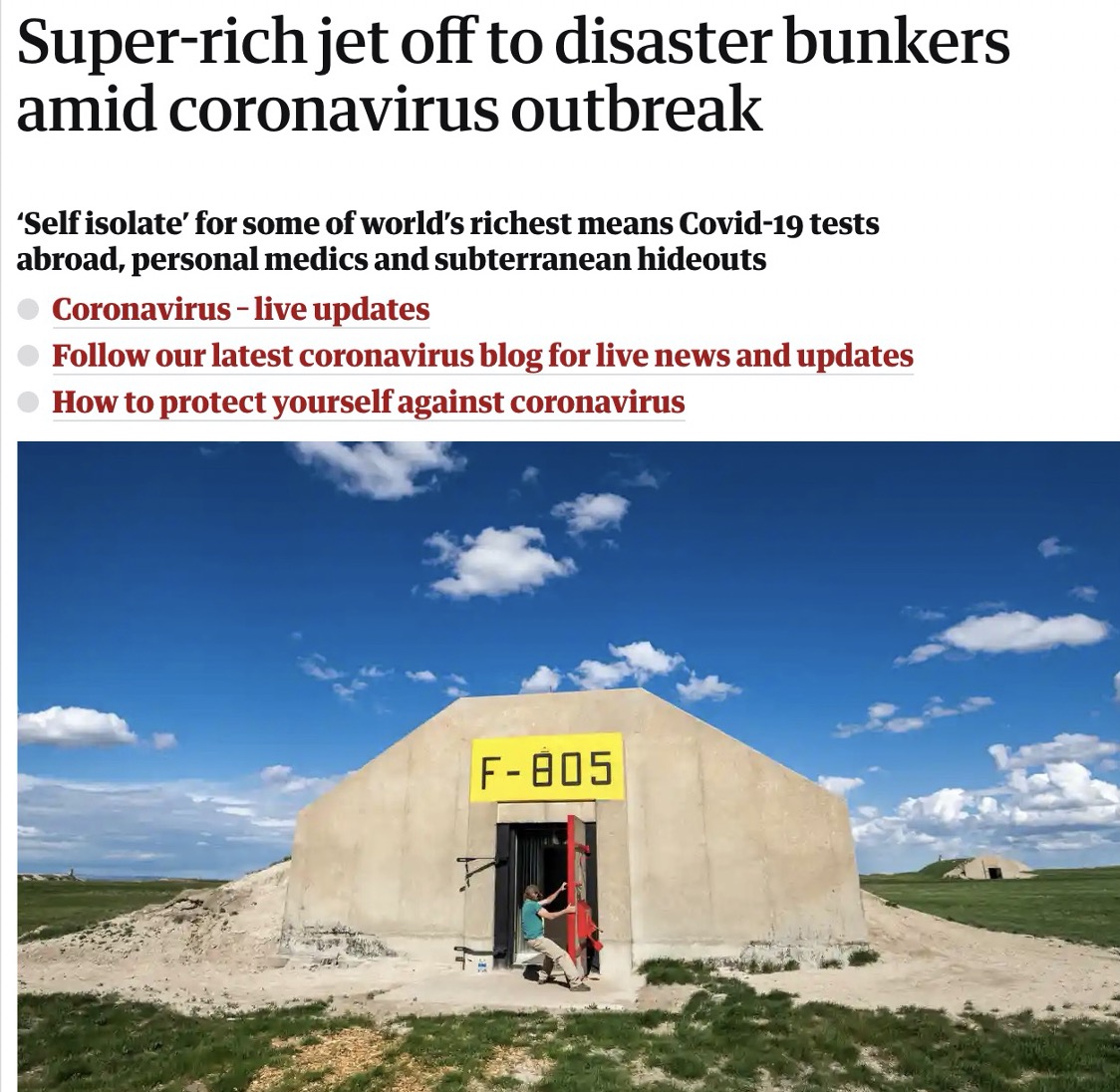
Verbal cues of Dystopian Defense include:
- Disapproving journalistic tonality: e.g., “A boom time for the bunker business and doomsday capitalists.” “Personalized disaster prep.” “Billionaire Bunker Owners Are Preparing For The Ultimate Underground Escape.” “Super-rich jet off to disaster bunkers amid coronavirus outbreak”
- Wow-factor journalistic tonality: “Take a look at the Cybertruck-inspired, post-apocalyptic bunker designed to protect against a nuclear threat, zombie invasion, or viral outbreak”; “Real estate for the apocalypse”

Thank you for reading our Covid Codes series. Next week’s installment will be on this theme: FANTASY WANTS.
Also see these series: COVID CODES | SEMIO OBJECTS | MAKING SENSE | COLOR CODEX

